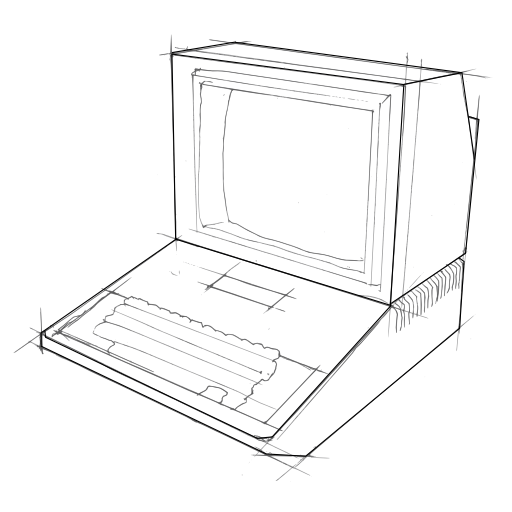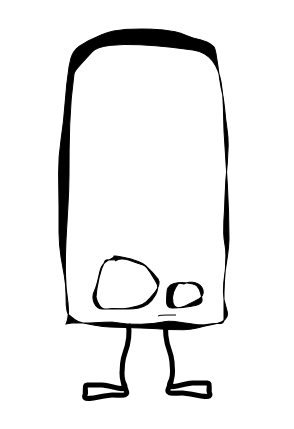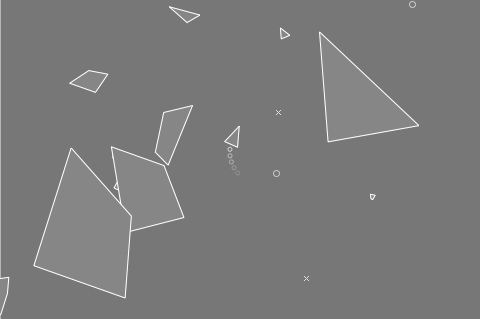Three bits of news to do with Infinite 8Bit Platformer.
- I finally found some time and motivation to work a little bit on it. I made some icons to replace the ugly text buttons and had to write an image based radio-button class to support that. Here's a half-size screenshot of the new icons:
![]()
-
I've decided to release the source code to the game under a GPL license. Some of the library code which I've used in other projects will be released under an LGPL license. You can find bzr repositories of both codebases here.
-
I am looking for contributors to help me bring the game to completion along the lines of my massively-multiplayer-user-created-content-platformer vision. If you're interested in joining the effort, email me and I'll put you on the dev mailing list we have going. Feel free to check out the code, look at the TODO list and start hacking. Patches welcome!
I really need to do a lot more work on the website, like integrating a forum, blog feeds, and authentication. Next thing in the TODO list is a save button for saving the level you are working on. Should be pretty easy so I'm going to use it to try and stay engaged with the codebase.

 helo.
helo.


